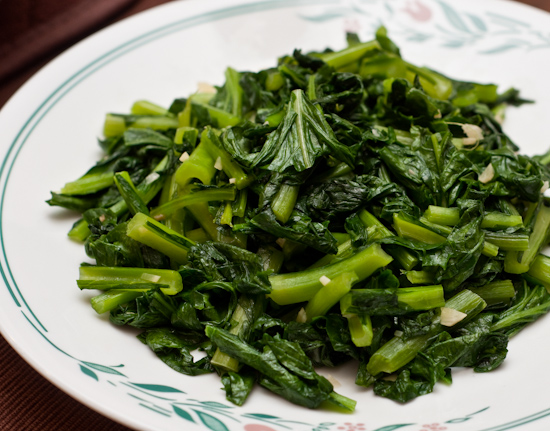Recommendations of carbohydrates are always based on type of sport, duration and intensity as well as the ability consume them.
- Activities that are at relative high intensities for a duration of 30-75 minutes have shown improved exercise performance when drinking or even rinsing mouth with a sports drink. It does not matter whether it is a single carbohydrate (glucose or fructose) or several combined. Some may be able to tolerate rinsing the mouth better than drinking the fluids.
- ACSM (American College of Sports Medicine) guidelines recommend consuming 30-60 grams of carbohydrates per hour during endurance activity that lasts more than an hour.
- The ability to use carbohydrates as fuel is dependent on how well the intestine can absorb the carbohydrates
- Multiple carbohydrates combined (fructose+glucose, maltodextrin+fructose, etc.) can help better utilize more carbohydrates as fuel.
- Research shows that being able to utilize more carbohydrates as fuel delays fatigue and increases performance.
- Sport drinks can be combined with gels and/or bars (low fiber, low fat, low protein bars) to help absorb and tolerate the higher carbohydrate levels
- Never try something new on race day. Training nutrition is important
- People that train/race at lower intensities (example: a marathon time of 5 hours) will use less carbohydrates and therefore, will need to be supplemented slightly less.
- Although not noted in figure below, a good hydration plan needs to accompany the nutrition plan.
Here is the figure that illustrates the recommended guidelines:

- The gut can also be trained. A high carbohydrate diet may assist tolerating and utilizing the higher carbohydrate load during exercise (90 gr/hour).
- In real-life ironman and long cycling races, greater carbohydrate consumption correlated with better finish times.
- Carbohydrate intake, even during sports that require skills such as jumping, sprinting, agility etc. may improve the skills as well as delay time to fatigue. However, the game structure and given breaks may make it difficult to implement (example: soccer game).
Next time you are training for an endurance event, a high intensity aerobic or anaerobic activity, use this figure as a guide of how to utilize carbohydrates. For more personal recommendations, talk to me or a sports registered dietitian.
Jeunkendrup A. A step towards personalized sports nutrition: Carbohydrate intake during exercise. Sports Med (2014) 44 (Suppl 1):S25-S33.





